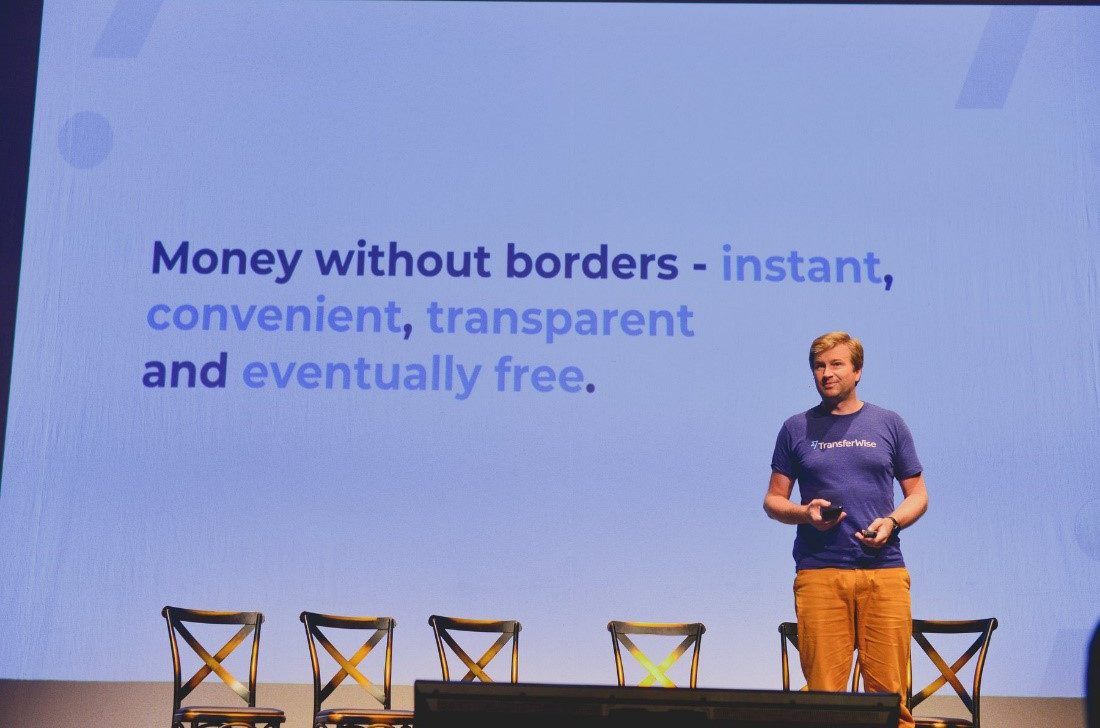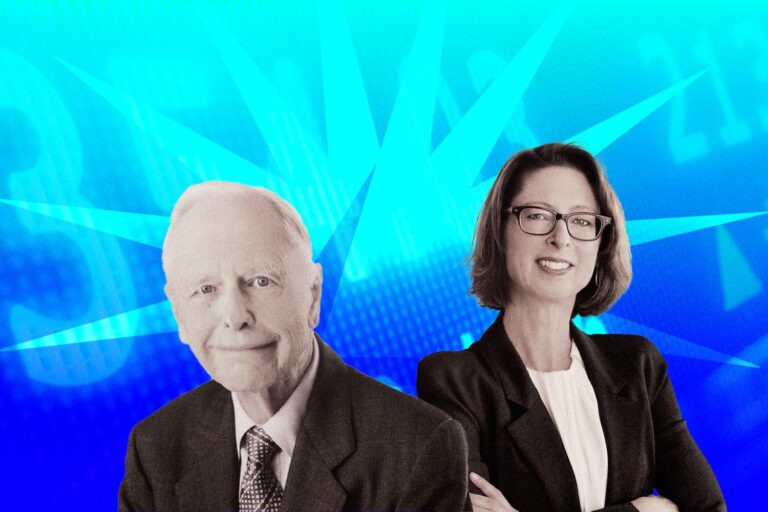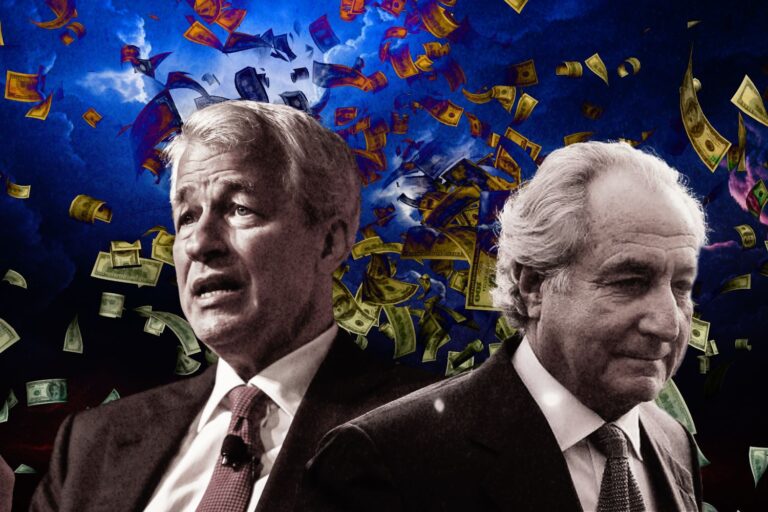How TransferWise Leads in the Money Transfer Industry
As life becomes more modern, people now look for the most convenient and affordable way to transfer money internationally. Even the United Nations also emphasizes the importance of cutting transfer costs, it should be put as a priority in this digital age. This results in the domination of TransferWise. TransferWise’s goal is to allow people to send money quickly, conveniently, internationally, and inexpensively. This goal has differentiated TransferWise from other money transfer services, making it become one of the biggest influences in the money transfer industry.
What Is the Story of TransferWise?

About a decade ago in 2011, an innovative method called TransferWise was invented by two Estonians, Taavet Hinrikus and Kristo Kaarmann. At that time, they both wanted to transfer money overseas and were not satisfied with the existing methods. It should be mentioned that transferring money in developed countries was not that expensive and lengthy compared to that in some developing countries. It is believed that African transferring costs could take up to 20% of the transfer.
As a result, these two ambitious, educational Estonians came up with a new idea to make international transfers cheaper and faster. That is when a disruptor in the FinTech sector was born. However, the company only received a sign of “go ahead” from the UK financial regulatory authority until 2012, which made the company start doing their business seriously. In the same year, the whole value of the transactions which were completed by TransferWise was about $11.3 million.
Currently, after a decade after the birth of this disruptor, TransferWise’s value is worth $3.5 billion and per month, this service brand is responsible for processing about $5.6 billion worth of transactions. The number of its users are over 6 million people all over the world, the company now owns 13 active offices and services 750 currency routes. Yet this brand will not stop its ambition, it will continue to expand further and cover those infamous African corridors, which is one of its aims in the near future. The company data shows that thanks to its low rates, fast speed, and other helpful services, their customers could put aside up to $1.7 billion in a year.
What Makes TransferWise Different?
As mentioned above, TransferWise was invented to reduce the cost of transferring. Normally, if you are here in America sending $1,000 to Europe, traditional banks will apply a fee of $50, but with TransferWise, it will take about $10. Thus, a question might pop up that what can it charge lower fees compared to the traditional banks? The answer lies in the process part of the business model. Let us take an example to see how it operates. So, you want to transfer $1,000 to a guy in Europe, but instead of crossing the border, your $1,000 will go to the American account belonging to TransferWise. Then somewhere in Europe, there is a girl, Angela, who wants to send $1,000 to a guy called Donald living in America, and similarly, the money does not cross the border, it goes to TransferWise’s European account. Thus, to complete the transaction, TransferWise only needs to send $1,000 from Angela to your friend in Europe, and your money in America will be sent to Donald guy.
This is such a basic example and it does not take the exchange rate into account yet, but it is the basic principle of how transferring money via TransferWise is working that the money never actually leaves the country. And because the national transfers are either free or extremely cheap compared to international transfers, TransferWise could help its users to transfer money overseas in such low fees.
This peer-to-peer model that the company is using is not completely new. It has been used by Hawala, an illegal traditional money transfer system that underpinned international trade throughout the Muslim world before the advent of modern banking.
With this crowdsourcing approach, the company can charge fewer fees 5-10x compared to traditional banks. When the model peer-to-peer is not working, perhaps they cannot find the match, then TransferWise becomes a market maker. This means that TransferWise will use its own capital or depend on other intermediaries to help complete the transaction. One of its advantages is that it can help maintain the liquidity in countries where the customers are transacting. As a result, the company can avoid higher international transfer costs, and offer its customers a cheaper and more convenient solution even if the transaction is not P2P based route.
The Journey to the Top of TransferWise
They first launched their business in 2011, but unsure if the project was going to create any impacts, thus they hired a freelance engineer to build a minimum viable product (MVP). In their initial stage, instead of spreading the world among their network, their PR strategy was not so special. At that time, they got a friend who helped them to get coverage in TechCrunch, and within 15 minutes after posting, they got their first client. In the next half an hour, someone sent them $1,000, then they got other customers with their requests for transferring pounds and again euros and at the end of the day, that was how their business started.
In this early stage, the growth of the brand mostly relied on the back of word of mouth, because the product economics did not assist their paid marketing. Their vice president of Growth, Nilan Peiris, recalls how the company targeted their audience:
“Different growth hacks were applied to get things going. For example, we went to the universities, where there are a lot of foreign students. We offered them referral bonuses on the condition that we could invite their friends. Besides, we also tried to hit the HR directors of the businesses and told them that paying via TransferWise would allow them to give their employees a pay raise. But we acknowledged that these little hacks worked only when the person who was hustling on our behalf was an existing customer.”
Although the company was putting a lot of efforts, the growth was distressingly slow for the first two years, Nilan Peiris called that period as the “dead zone”. The company was missing something, and it turned out to be about the product and brand marketing.
TransferWise’s Marketing strategy

Before, TransferWise’s basic focus was on the benefits of the product which is low cost and high speed. Yet the company realized that emotional triggers were much stronger tools for their growth. The company started to build its PR campaign pointing out the problems of transparency and fairness. They market themselves as the challenger brand, using revolutionary rhetoric and criticizing the traditional institutions that overcharge the customers. This marketing strategy to build a strong brand was effective for TransferWise to compete in this commodity-like space.
Having noticed that the young company needed to build a stronger and more compelling message, it decided to go beyond just pay-per-click ads and content. Thus, they began to demonstrate their crucial messages physically. In detail, they launched a Stop Hidden Fees campaign and tried to persuade the UK government on implementing rules on fee transparency. To ensure that their ads were visible and triggering, they put numerous conspicuous ads across the city and presented bold and extensive guerilla marketing campaigns.
Their campaigns went further from ads on the street, more stunts were involved to support the campaign. To promote the fee transparency, they included people stripping to their underwear in front of London Landmarks, or some people acted like they were in bed “waking up” to hidden fees outside of Bank subway station. These similar scenes were staged in Paris, Barcelona, New York, and Toronto.
Some might wonder about the effectiveness of these provocative tactics, but according to Nilan Peiris, this was the image and message that the young startup aimed to deliver. He also added: “Building trust in a systematically eroded industry was not simple, it requires extremes. If you want to innovate and build trust, you have to go out and prove that you are not similar to other banks and that you are different.”
Obstacles and chances for TransferWise
Before TransferWise could hit the world, they had to go through several issues. They had to receive enough funding and, they had to bring lots of people on board while still ensuring that their product was completely trustworthy.
Luckily, the company got an investment of $58 million in venture capital from the well-known billionaire, Richard Branson. What is more? Big-name investors like Peter Theil also joined to invest in TransferWise, which makes the company become a serious player in the market. The company was also mentioned in August publications Business Insider and Forbes, which has contributed to the expansion of TransferWise to a wider market.
One advantage of TransferWise is that it fits the millennials’ mindset. The millennials are the key to TransferWise’s disruption. They are the ones who are used to smart technologies and innovations like Uber. Besides, they also tend to choose the newest, simplest, cheapest ways to do things. This means that the product of TransferWise got the attention and support from the millennials who take up a huge proportion of the world population.
Lessons from the Success of TransferWise
#1: Build quality products
In the beginning phase of TransferWise, the company was just focusing primarily on peer-to-peer transactions like overseas purchases, family contributions, and gifts. However, later, the company decided to launch the products for businesses, which is currently the fastest-growing product line. The growth of this business product poses a challenge. The company has to ensure its customers would view the business products with similar (if not greater) respect to their original product.
When TransferWise launched their products in New Zealand, they got some difficulties causing the slow growth. This was due to a government data verification requirement, which negatively influenced the quality and convenience that TransferWise promised to provide.

Fortunately, later TransferWise came up with solutions to meet the requirements after having discussions with New Zealand regulators. They first lost few customers in a short period, yet this turned around when the news spread that leaving home to complete the transactions was no longer a need. The customers could verify who they are and send money comfortably at home, just simply using TransferWise apps.
#2: Launching products
Launching a product appears to be an exciting and promising step. Yet it is common to see this first step to be taken lots of times. Big brands that we know like Home Depot, Dunkin Donuts, and KFC are the examples for repeatedly opening stores, trying to expand in cities outside the USA.
TransferWise was not an exception. In the USA, launching products took them several times due to problems like compliance, fraud, and business partnerships. In other countries like India, Turkey, and Thailand, they faced the same issue that took them three or four tries to launch successfully.
When TransferWise tried to launch in Australia, the challenge was huge because it took quite a long time for people to notice their products. Kaarel together with his team run some small-scale marketing campaigns like Facebook or Google ads. However, this did not create many impacts as expected. Thus, they decided to invest huge money in billboards and TV commercials. However, at that time, the teams at TransferWise barely had any knowledge about TV marketing, which explained the failure in launching in Australia.
Through the failure in Australia, they knew that it is better to patiently wait until the product gains some traction in foreign countries rather than rapidly investing large amounts of money in marketing. Another lesson that they learned from launching abroad is that when working with business partnerships, the company needs to gain a clear understanding of the policies and the requirements of the places where they operate. In Colombia, the mistake of not discussing much with their partners about data and identity verification procedures before the product launch was the reason for their launching failure in this country.
#3: Follow the money & customer demand
The teams at TransferWise realized the importance of prioritizing global scaling after a few failures. Kaarel, Head of Product at TransferWise, believes that the term “money movement” is the key to understand and successfully expand to the right place.
It appears that the world bank contains the database that can be viewed and downloaded. It shows all the money transactions between the countries. With that database, Kaarel and his team were able to focus on expanding to the countries that were sending and receiving the largest amounts of money.
However, their market prediction strategy was not always right when their product launches failed in Colombia and Japan. Thus, they developed clever ways to better prioritize their expansion plans.
In detail, they created a feature “wish” in their product. If the countries that the customers want to send money to or from was not available in the app, then they can “wish” for it in the drop-down menus. This feature allows TransferWise to have a better understanding of the need and demands of the customers, which is great for later product expansion and company growth.
#4: Set competitive rates

Originally, TransferWise set the rates based on the criteria that the company could avoid losses. The costs from partners and resources were calculated, and then they tried to use the rates that could at least break even with those costs. Later, the company scaled, and their costs went down, which allowed them to even lower their rates enough to stay competitive as well as make a profit.
Instead of taking advantage of the rates to get as much as profits as possible, TransferWise decided on a percentage that they wanted to get out of each transaction in profit and utilize that margin across the financial board. Their mission is transparent, it is less about making money, it is more about helping the customers get the transfer costs as low as possible.
#5: Make the decision driven by the country’s values
As mentioned, TransferWise used to fail in launching their products in different countries. These failures gave them valuable lessons and they also learned to be more cautious about expanding in the countries that they do not have experience in. In each country, people will have their own standard of good products. Hence, adjusting the products to fit in the market is so important to the success of a global organization. For example, TransferWise now knows that Australian customers care most about the rates and ease of use. While most European and Asians appreciate the products with high speed. In contrast, German cares about product reliability and trust. As a result, to gain more attention from the country that TransferWise is expanding, the company learned to effectively deliver their marketing campaigns and adjust some parts of its products to make it more local and user-friendly to certain countries.
As we can see, to become successful, TransferWise has failed so many times and learned different valuable lessons. Learning from failures has been one of the reasons for the rapid growth and success of this company. Thus, through this article, we hope you as talented entrepreneurs can acquire some knowledge about the powerful TransferWise brand, as well as the lessons that the company has got during its journey to the ruling money transfer industry.








